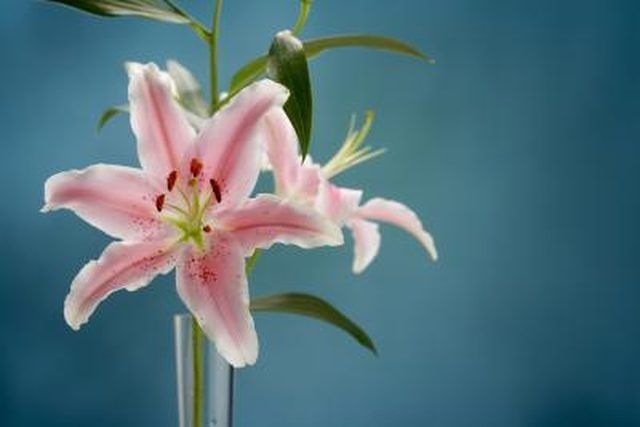Bulbs
Flower Basics
Flower Beds & Specialty Gardens
Flower Garden
Garden Furniture
Garden Gnomes
Garden Seeds
Garden Sheds
Garden Statues
Garden Tools & Supplies
Gardening Basics
Green & Organic
Groundcovers & Vines
Growing Annuals
Growing Basil
Growing Beans
Growing Berries
Growing Blueberries
Growing Cactus
Growing Corn
Growing Cotton
Growing Edibles
Growing Flowers
Growing Garlic
Growing Grapes
Growing Grass
Growing Herbs
Growing Jasmine
Growing Mint
Growing Mushrooms
Orchids
Growing Peanuts
Growing Perennials
Growing Plants
Growing Rosemary
Growing Roses
Growing Strawberries
Growing Sunflowers
Growing Thyme
Growing Tomatoes
Growing Tulips
Growing Vegetables
Herb Basics
Herb Garden
Indoor Growing
Landscaping Basics
Landscaping Patios
Landscaping Plants
Landscaping Shrubs
Landscaping Trees
Landscaping Walks & Pathways
Lawn Basics
Lawn Maintenance
Lawn Mowers
Lawn Ornaments
Lawn Planting
Lawn Tools
Outdoor Growing
Overall Landscape Planning
Pests, Weeds & Problems
Plant Basics
Rock Garden
Rose Garden
Shrubs
Soil
Specialty Gardens
Trees
Vegetable Garden
Yard Maintenance
What Kind of Plant Has Flower Parts That Come in Sets of Three?
What Kind of Plant Has Flower Parts That Come in Sets of Three?. The world of flowering plants is divided into two groups, monocots (Monocotyledonae) and dicots (Dicotyledonae). The groups have a series of distinct differences, among them the number of flower parts. Dicots have flower parts in multiples of four or five; monocots have flower parts...

The world of flowering plants is divided into two groups, monocots (Monocotyledonae) and dicots (Dicotyledonae). The groups have a series of distinct differences, among them the number of flower parts. Dicots have flower parts in multiples of four or five; monocots have flower parts in multiples of three.
Types
There are numerous familiar flowers among the monocots. Members of the lily family are prominent, including tulips, true lilies (like the familiar "Stargazer"), daylilies, dog tooth violets and crinums. Another large monocot family is Iridaceae, containing iris, gladiolus, crocus and freesia.
Defining Characteristics
The defining monocot characteristic is the number of cotyledons or tiny seed leaves produced by the embryonic plant. As might be expected from the word "monocotyledon," the monocots have only one seed leaf.
Identification
A good way to identify a monocot if you can't see the flowers or the first tiny leaves is to look at the mature leaves. Monocots typically have long parallel leaf veins, while dicots tend to have veins that resemble netting.